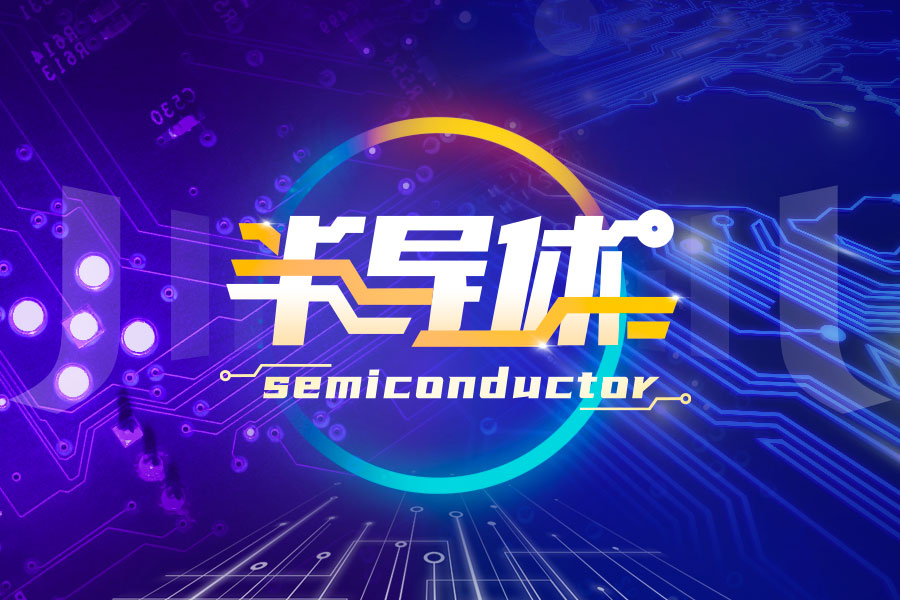
By Greg Gao
1.The number of research papers published at the world leading semiconductor industry conferences - ISSCC(International Solid-State Circuits Conference), IEDM(International Electron Devices Meeting), and VLSI(Symposium on VLSI Technology and Circuits) - by Chinese researchers has increased significantly. China ranks first for the first time with the number of papers published at ISSCC 2023.

2.Tsinghua University made the transistor with the smallest gate length for the first time. The team of the School of Integrated Circuits of Tsinghua University realized for the first time a transistor with a gate length of sub-one nanometer, which has good electrical properties. Related results were published online on March 15 in Nature. This milestone was made possible by creatively utilizing graphene and molybdenum disulfide and stacking them into a staircase structure with two steps.
3.The six papers from the team led by academician Liu Ming from the Institute of Microelectronics, Chinese Academy of Sciences, were selected for the 2022 VLSI Conference in June 2022. The research results cover many frontier fields such as DRAM memory, reserve pool computing, Ga2O3 deep ultraviolet image sensor, in-memory computing, device physics and models.
4.The team led by Professors Qian He and Wu Huaqiang from Tsinghua University published four academic papers in the field of integrated storage and computing technology at IEDM 2022 in December. Their papers report the latest developments in integrated storage and computing technology. Since 2016, the team has published 18 papers at the IEDM conference for seven consecutive years.
5.A research team led by Yin Huaxiang from the Integrated Circuit Advanced Process R&D Center of the Institute of Microelectronics, Chinese Academy of Sciences, proposed a new multi-mode Fe-FinFET memory-computing integrated device that simultaneously realizes the coupling of charge trapping (CT) and ferroelectric polarization switching (PS). The achievement was published in the internationally renowned journal ACS Applied Materials & Interfaces.
6.Professor Zhang Jincheng and Professor Zhou Hong from Xidian University, in a research team led by Academician Hao Yue, have made important progress in the research of ultra-wide bandgap semiconductor gallium oxide power devices. The relevant results were published in the international journal Nature Communications under “Ultra-wide bandgap semiconductor Ga2O3 power diodes”.
7.The team led by Academician Huang Ru and Professor Yang Yuchao from the School of Integrated Circuits of Peking University made significant progress in deep reserve pool computing hardware in February. The results were published in Advanced Materials under the title “Multilayer Reservoir Computing Based on Ferroelectric α-In2Se3 for Hierarchical Information Processing”.
8.The Harbin Institute of Technology published the paper “Phase transition and plastic deformation mechanisms induced by self-rotating grinding of GaN single crystals” in the International Journal of Machine Tools and Manufacture. This research realizes the GaN crystal processing technology that replaces polishing with grinding, and improves the understanding of the deformation and damage mechanism of GaN crystal during ultra-precision processing.
9.Scholars from Guangdong University of Technology and The Chinese University of Hong Kong Method jointly completed and published the paper titled “Anisotropic Charge Transport Enabling High-Throughput and High-Aspect-Ratio Wet Etching of Silicon Carbide” in the journal “Small Methods”. This study demonstrates an etching structure utilizing anisotropic charge carrier flow for high-throughput wet etching of high-span-ratio SiC micro-nanostructures without external bias.
10.Tsinghua University’s Imaging and Intelligent Technology Laboratory has proposed an integrated meta-imaging chip architecture. The team developed a super sensor that records the imaging process rather than the image itself. By achieving ultra-fine perception and fusion of incoherent and complex light fields, even with imperfect optical lenses and in a complex imaging environment, it can still achieve perfect three-dimensional optical imaging. The achievement was published in Nature as a long article titled “An integrated imaging sensor for aberration-corrected 3D photography”.








